Orthonama obstipata
(Fabricius, 1794) Syn. Nycterosea obstipata
-
 Subfamily: Larentiinae, Xanthorhoini
Subfamily: Larentiinae, Xanthorhoini -
 Wingspan: 17-22 mm
Wingspan: 17-22 mm -
 Flight period: May - Oct
Flight period: May - Oct -
 Spread: Common
Spread: Common -
 Host plants: Polyphagous
Host plants: Polyphagous
Information
The Orthonama obstipata also called The Gem is a moth of the Geometridae family, Larentiinae subfamily,
with wingspan of 27-35 mm.
It is distributed throughout Europe, although this species does not significantly extend beyond the Baltic region and is absent from the north of Russia *
It is also capable of traversing considerable distances on the open sea; it can therefore be regularly found on the British Isles (especially in the south) and also in Iceland .
In Italy it is also present in the islands. *
It is also present in the United States. ***
The Orthonama obstipata has a strong sexual dimorphism.
Males are light brown in color with a wavy pattern of whitish lines and a darker broad band running across the wings, forming concentric semicircles when the moth is at rest.
It has a small black spot, circled in white, inside the dark band of each front wing.
The females are slightly larger and much darker, almost uniformly brownish-black with a lighter and indistinct pattern, similar to that of the males, placed on the front wing.
Head, thorax and abdomen are, in both sexes, in the background color of the wings with light and dark shades.
In areas where it is normally settled, they can be seen between April and November.
It is a moth that flies well, prone to wandering therefore adult specimens can be regularly encountered in late summer
and early autumn even outside the areas of origin.
Caterpillars hide during the day at the base of the herb layer. The pupation takes place in a cocoon in the ground. ***
The eggs are greenish yellow ovoid, shiny, slightly knurled. The caterpillars are light green in color, with a thick brown back with lighter rhomboid designs.
The chrysalis is oblong, dark brown in color with ocher or greenish shades. **
The larvae are polyphagous and feed on Asteraceae such as Anthemis, Eupatorium, Senecio, of Brassicaceae such as Alyssum, Nasturtium, of Convolvulaceae such as Convolvulus of Polygonaceae such as Rumex and of
Rubiaceae like Galium mollugo.
* Lepidoptera mundi https://lepidoptera.eu/ - Fauna Europea https://fauna-eu.org/
** Bestimmungshilfe für die in Europa nachgewiesenen Schmetterlingsarten - http://lepiforum.de/
*** Lepidoptera and their ecology - http://www.pyrgus.de/
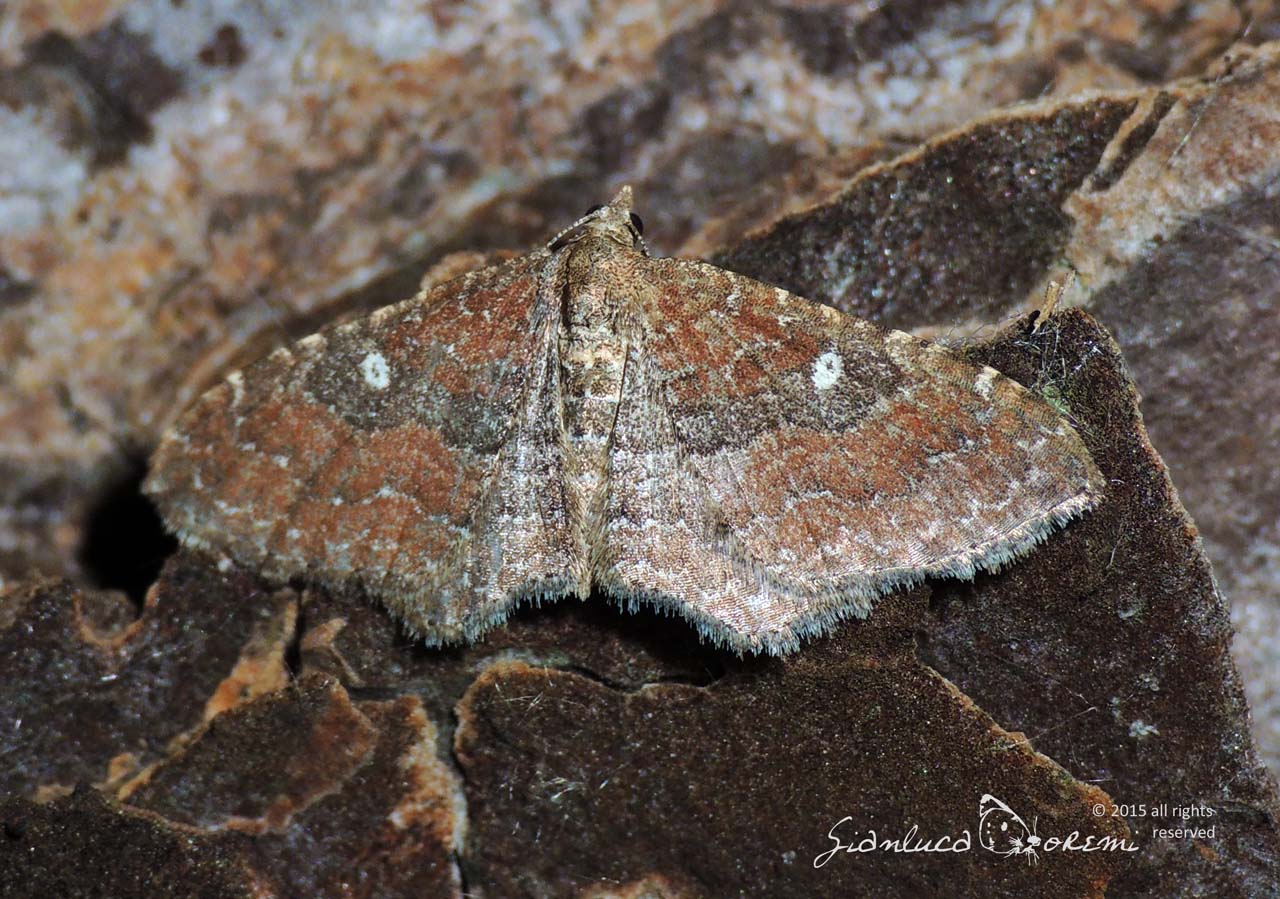
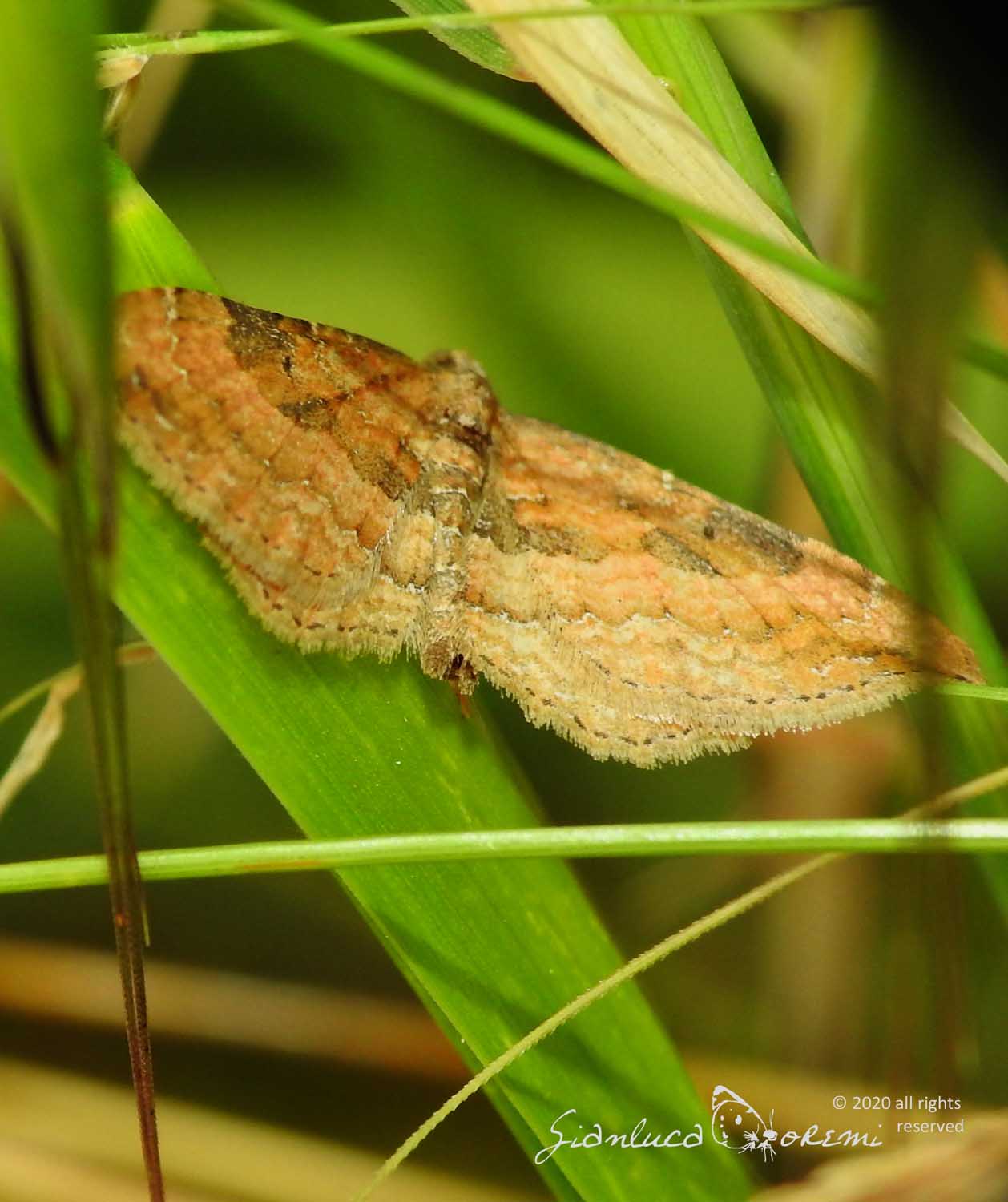
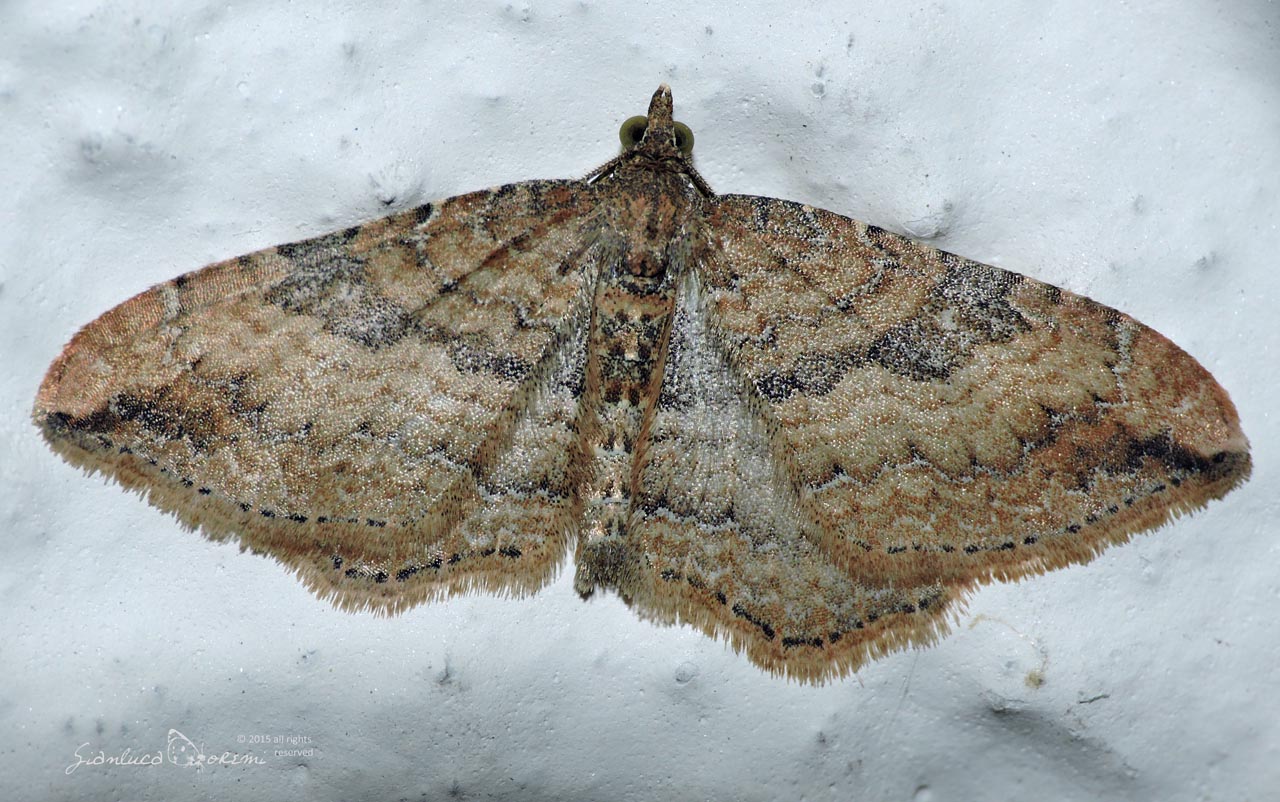
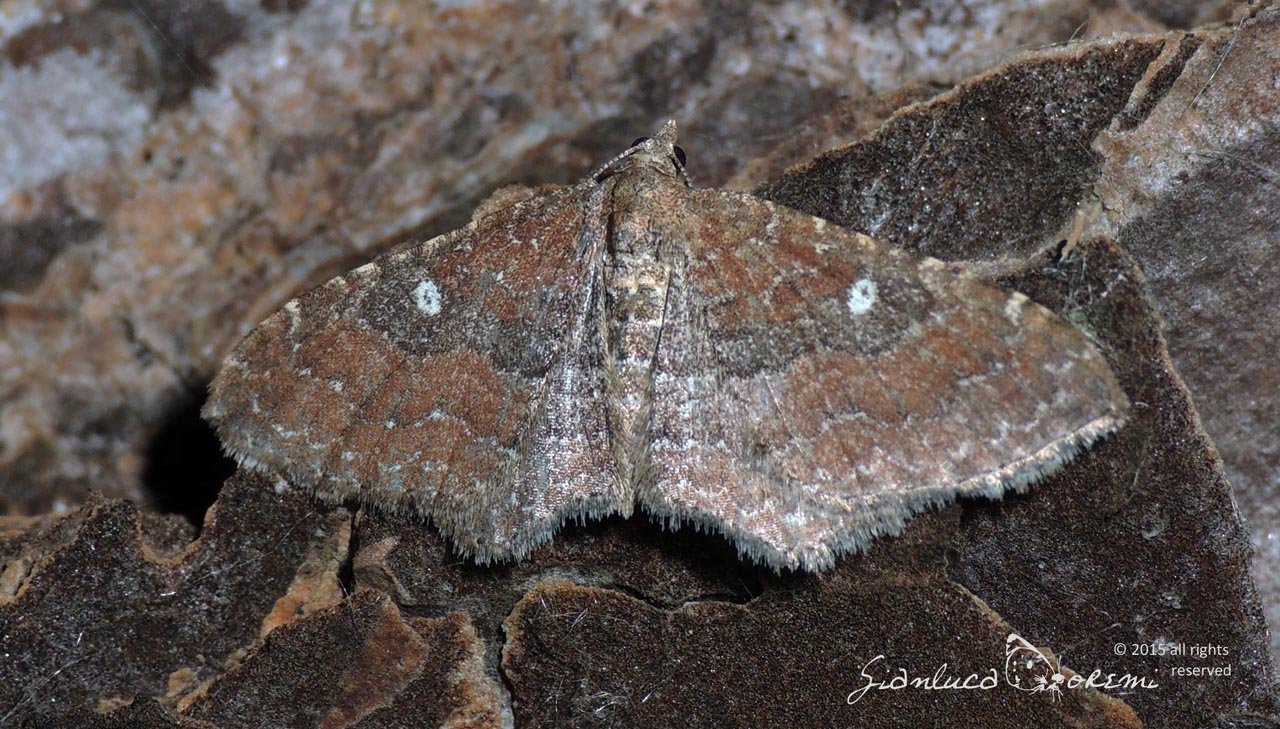

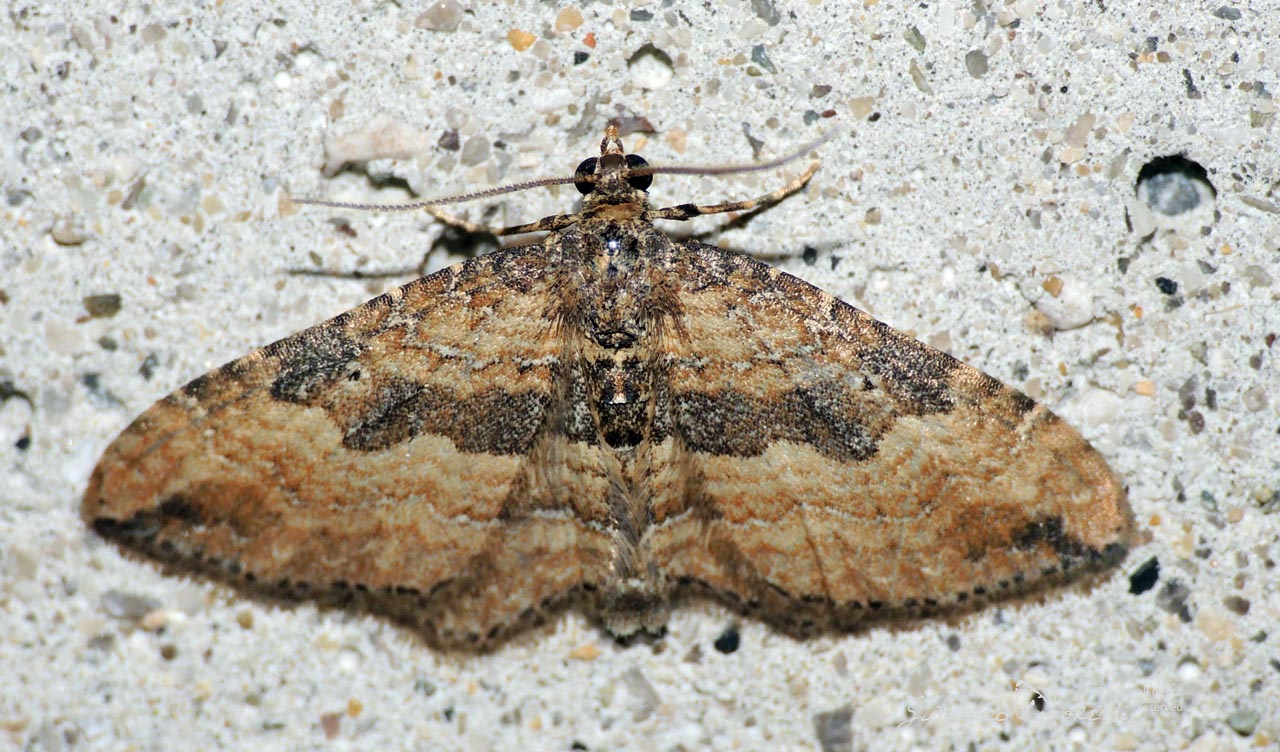
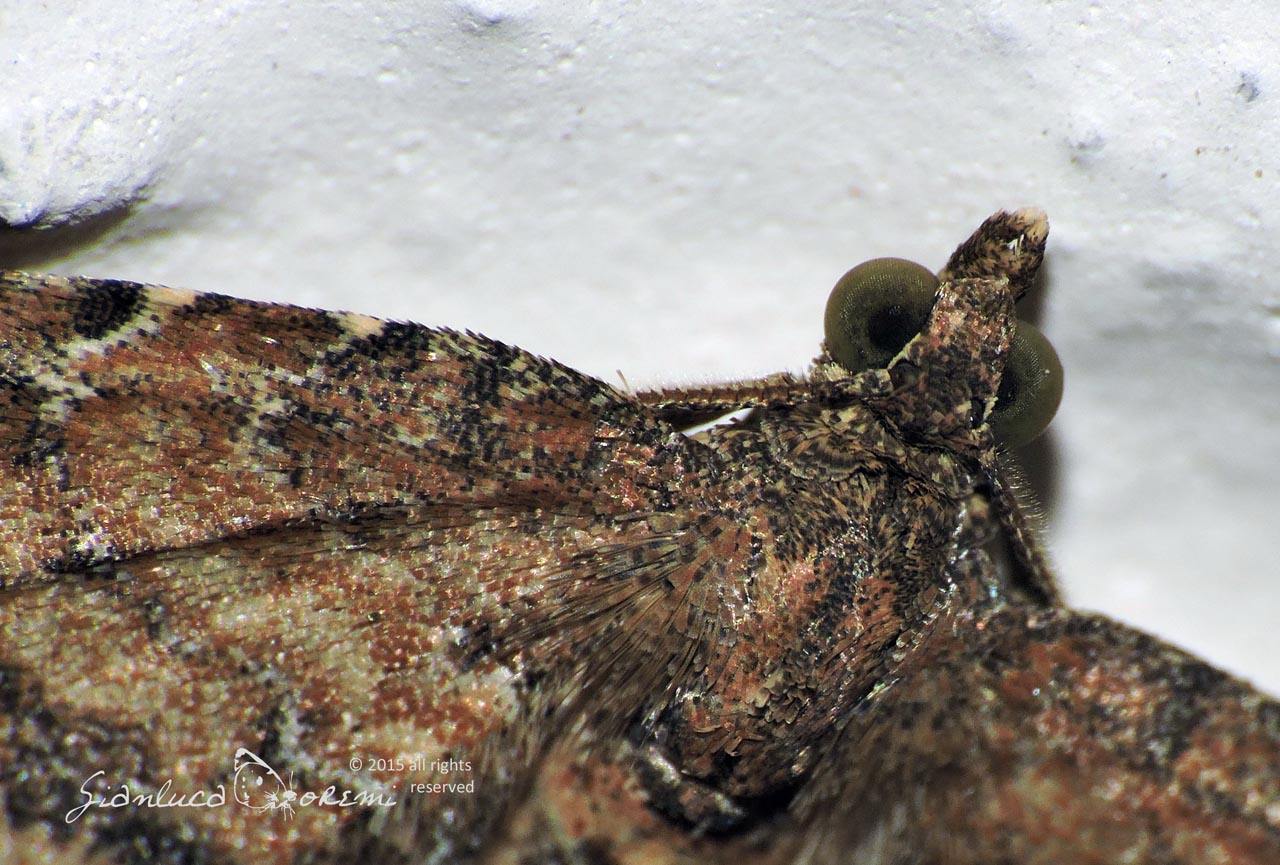
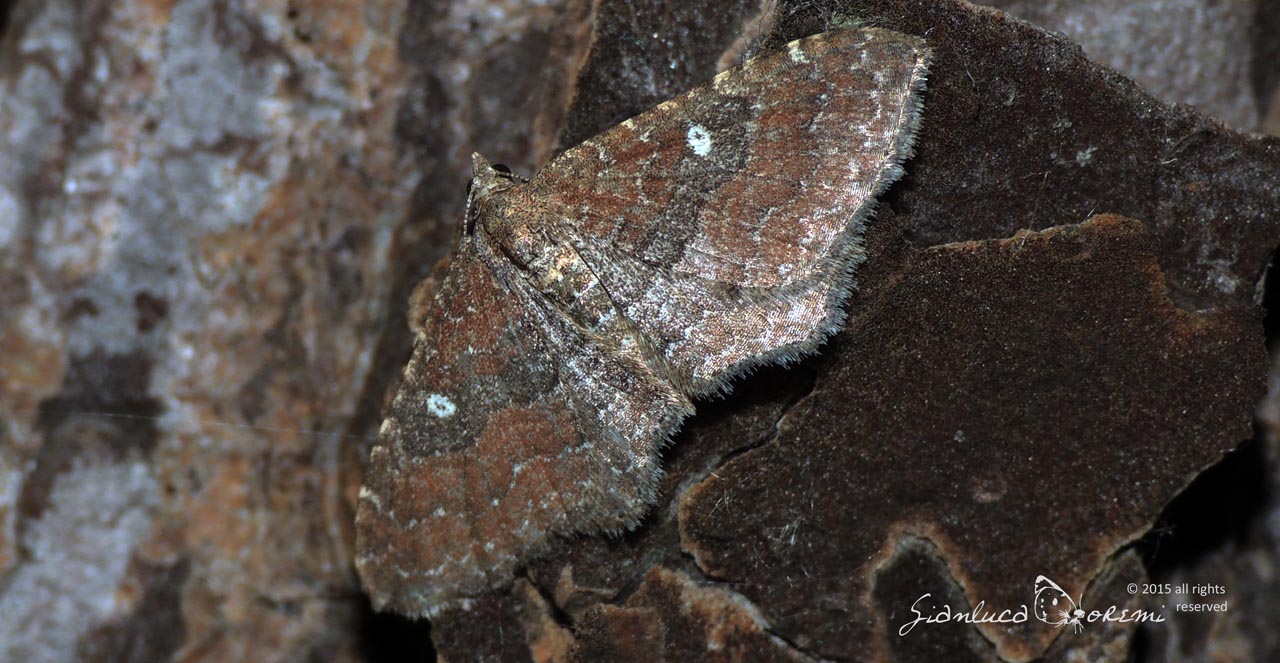
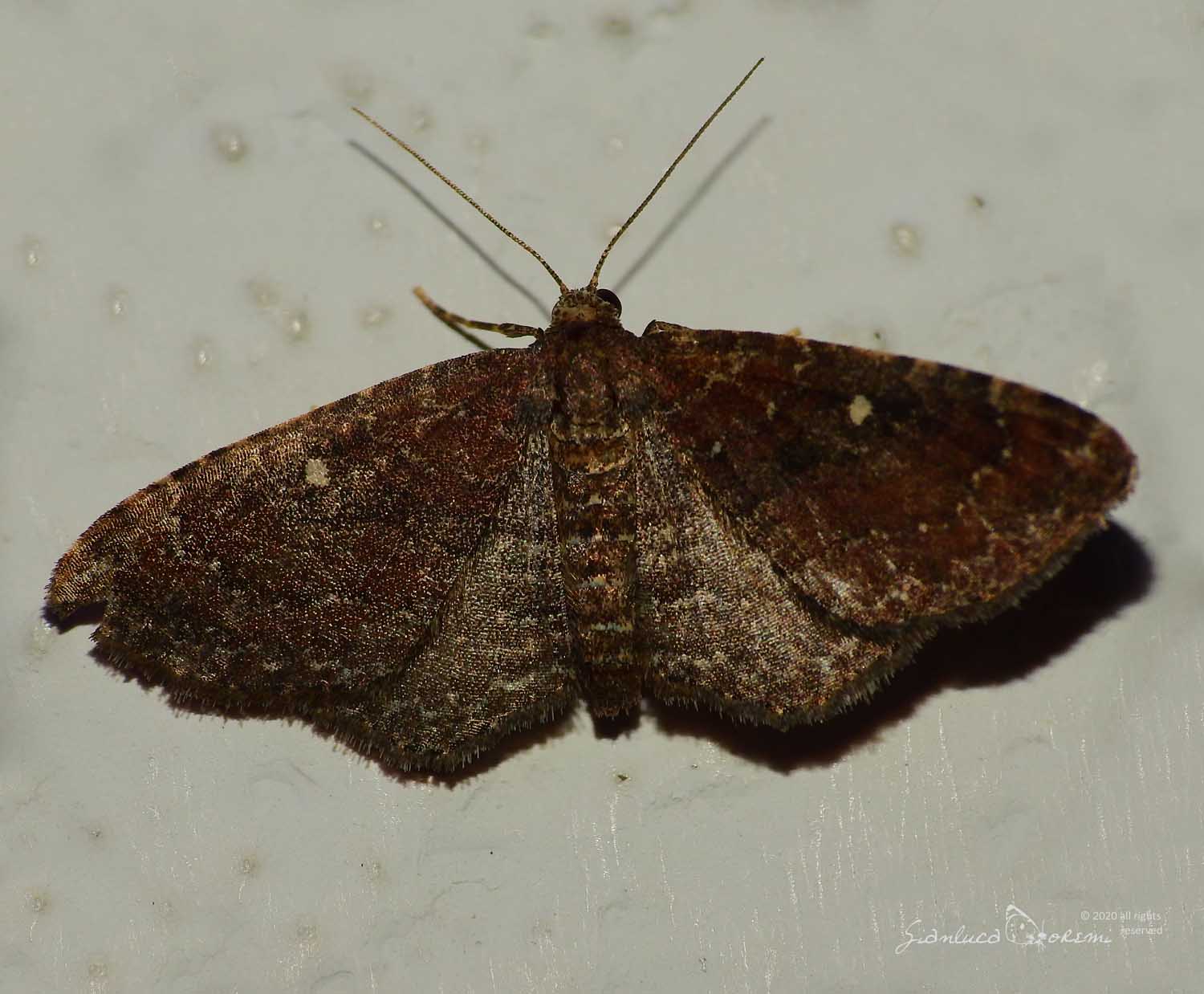
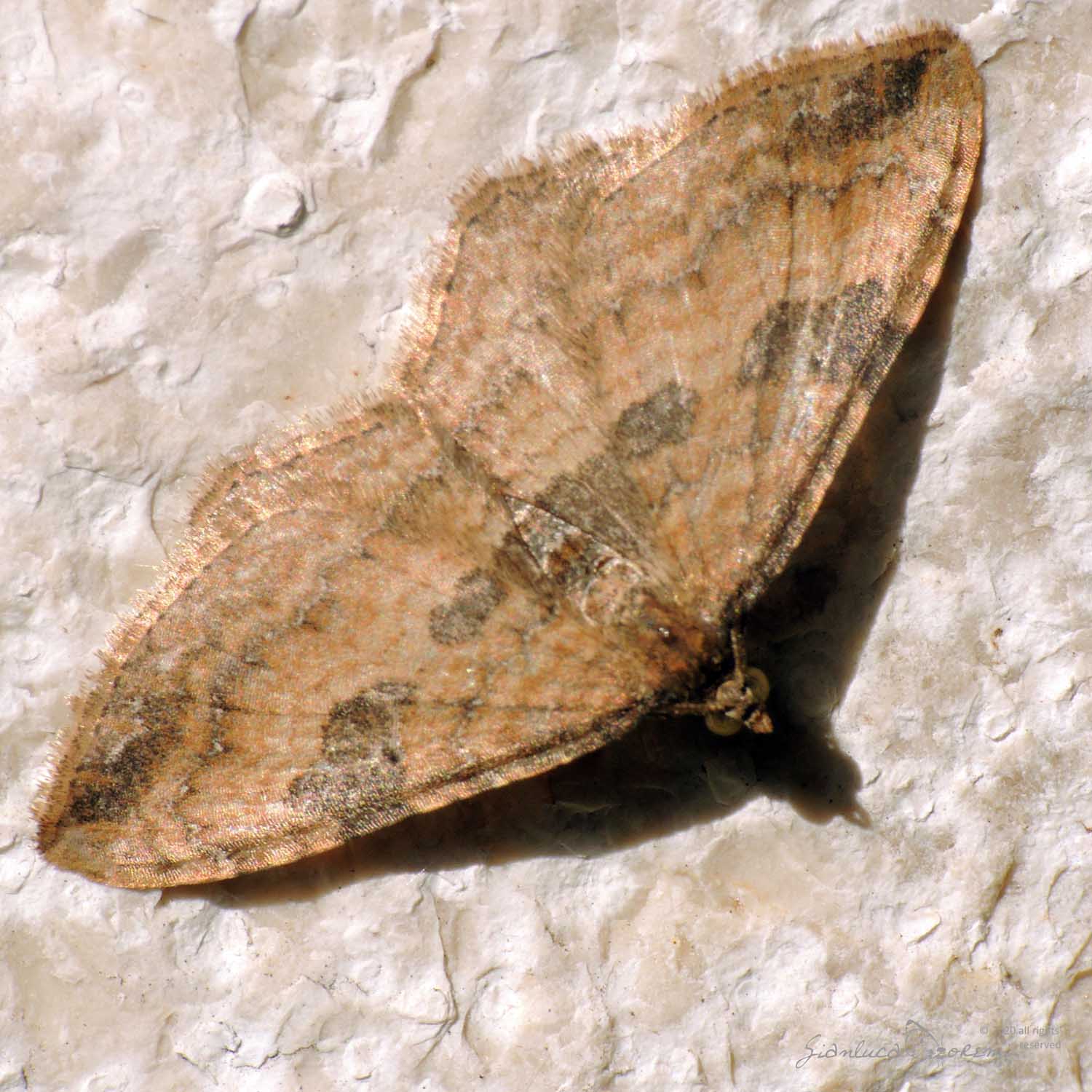
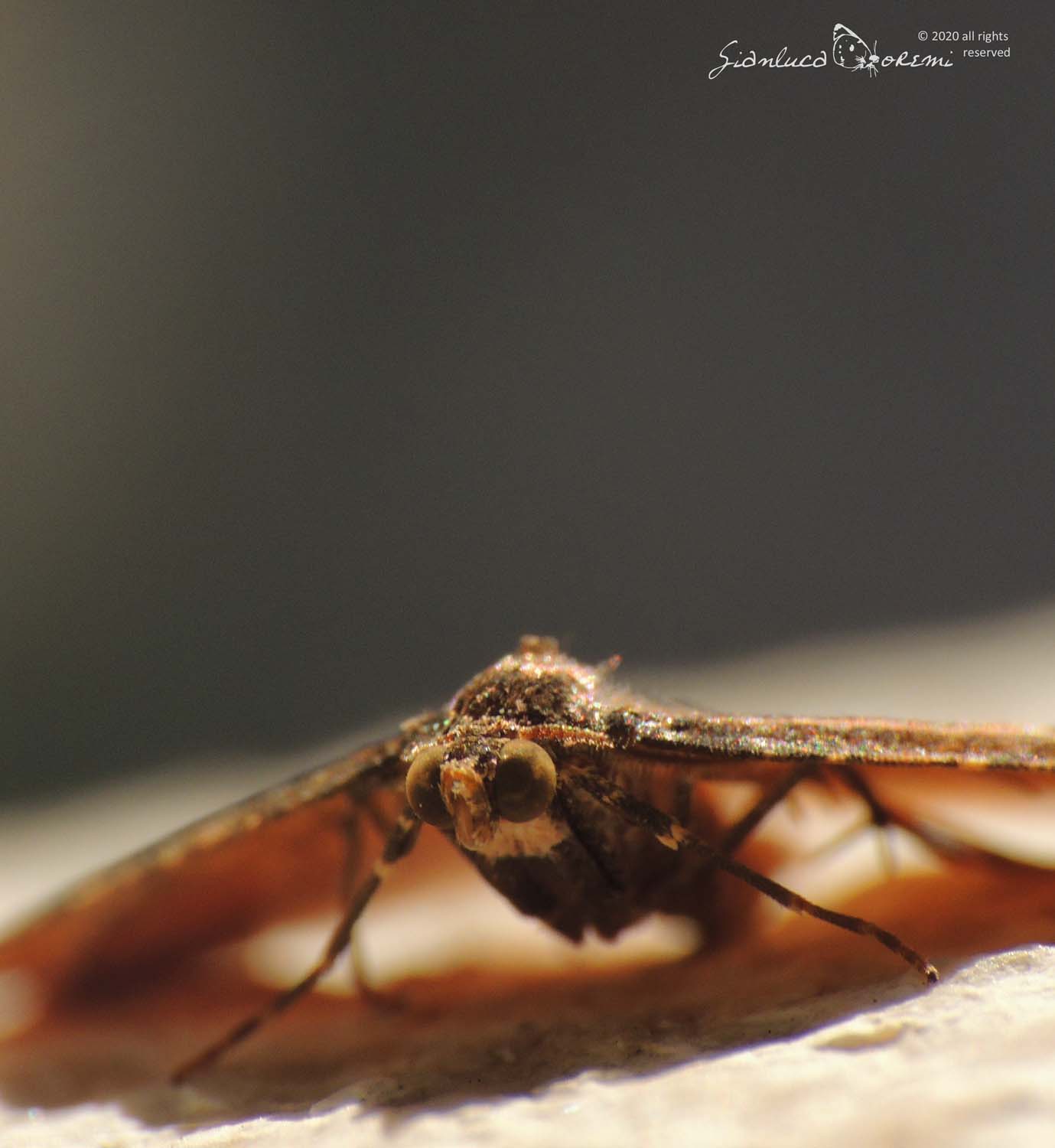
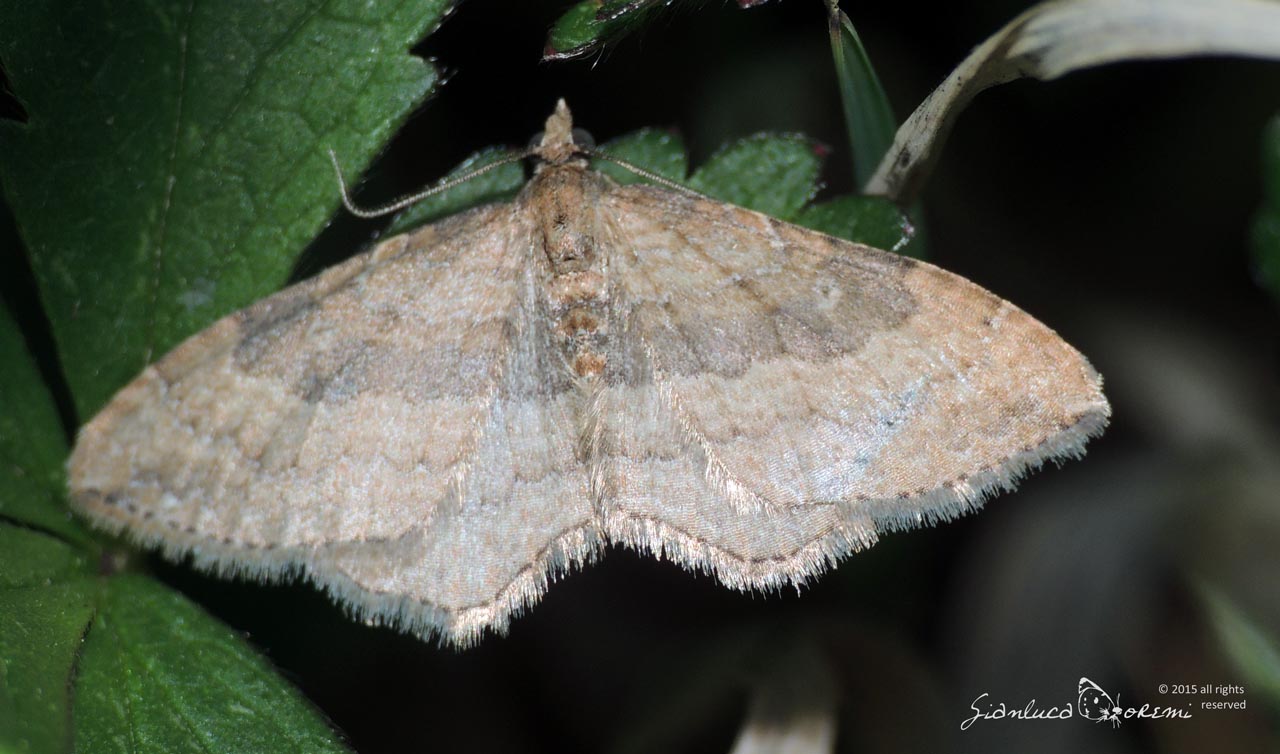
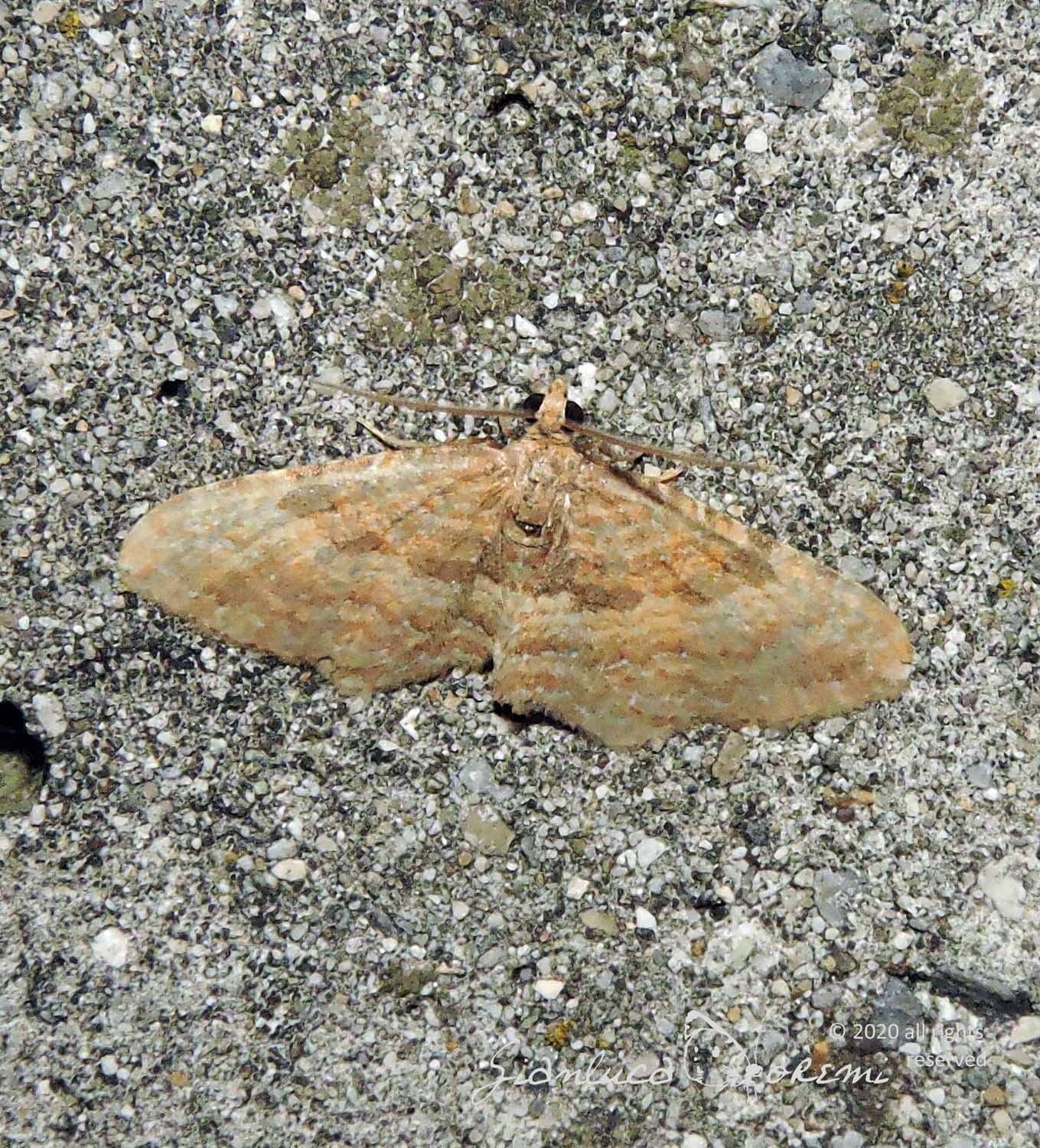
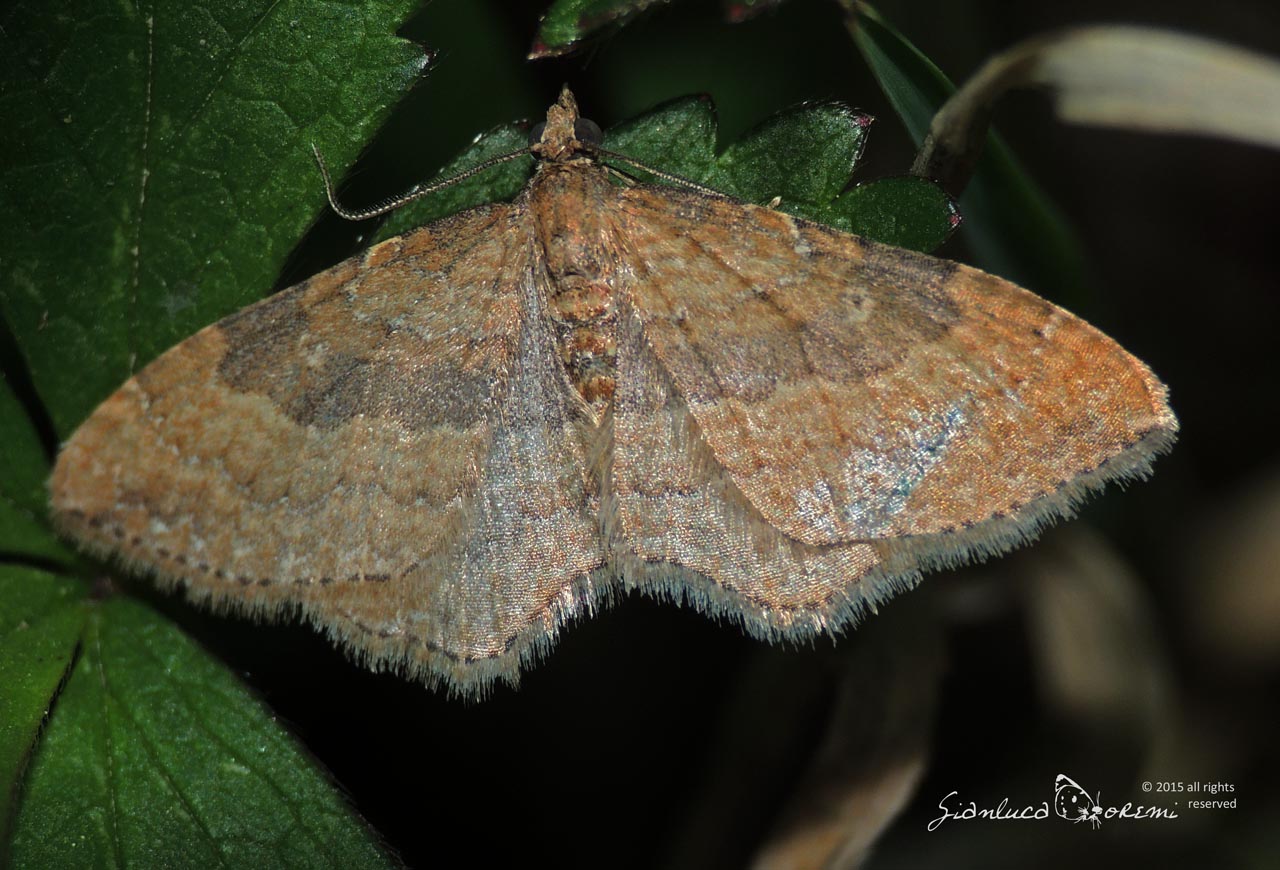

 EN
EN ITA
ITA
Social and publications